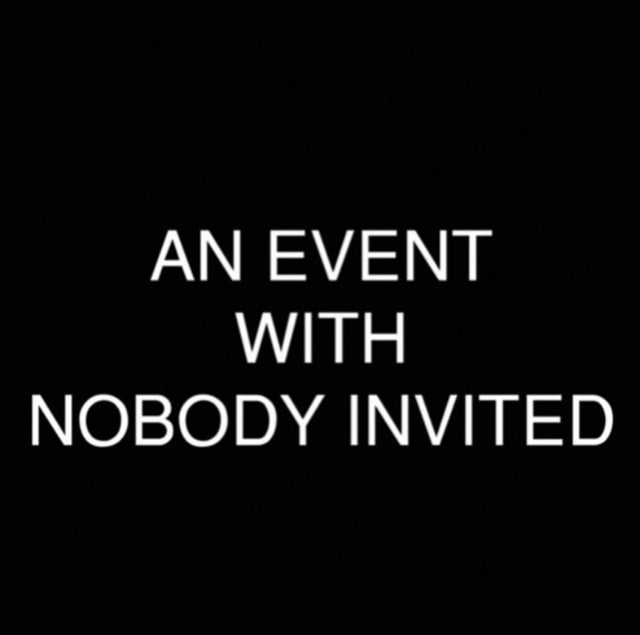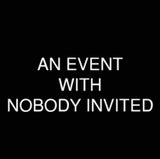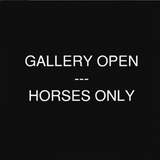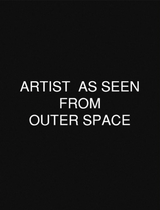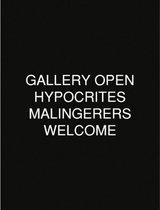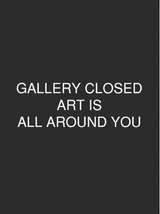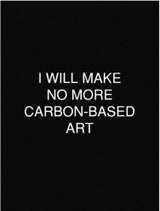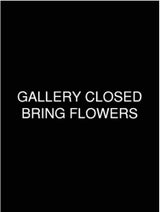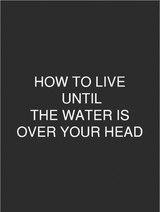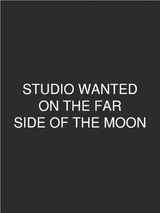- Artists
- >
- Robert Kleyn
- >
- Robert Kleyn | Poster Project
Robert Kleyn | Poster Project
- Robert Kleyn
- Poster Project for Mónica Reyes Gallery
- Spring 2020
- 23 x 18 in.
- Comes as a set of 12 individual prints
The poster format has long intrigued me, both as a popular medium (just think of all those posters that adorned our bedroom walls like totems) as well as a political one (I still own a Paris 68 silkscreen on newsprint) and it's that cheap and dirty quality, allowing for quick and lively response to current events, that I'm looking for in this poster project.
In many ways the poster project for Monica is a continuation of my un- finished project, "Conversations with the Octopus", that I started in 2019 while looking for studio space in Mexico City after having been evicted from my Downtown East Side space which was to be converted into emergency shelter space for the homeless; when COVID started to spread into Mexico from the US and I had to return to Vancouver, I decided to wind that project down, as I wanted it to reflect on my relationship to Mexican culture in an immediate way that couldn't be maintained at a distance. (Octopus is itself an outgrowth of an earlier writing project, 'Probably Robert Kleyn', which attempts to register the enigmatic quality of certain common phrases from art's deployment of language.)
Some of the stylistic manners I adopted for those 'conversations' are present in these posters, although the impetus for them lies in the self- isolation I undertook when I returned home. Confined to my apartment, in particular the back room I used as my office, I saw the city's institutions closing their doors to the public, and it struck me that back in the late 60's, about the time of Paris 68, then-young artists had protested the fatuousness and commercial capitulation of art and art galleries by postulating a series of projects which involved closing galleries, barring the public, and otherwise eliminating the work of art as a direct encounter with its audience. Some 50 years later, this experimental work was being realized involuntarily as social distancing replaced social sculpture as the predominant relationship between people. So I began a series of conceptual descriptions, some based loosely on the works of those 60's artists such as Robert Filliou, Robert Barry, Vito Acconci and other masters, some instead more ironic captions to our new cultural condition.
While not 'about' the pandemic, the posters wish to reflect the unexpected and unforeseeable condition that the art gallery, as the primary insitution for the propagation of artistic ideas, is facing. As I write this, there are again concerns about the food supply chain and questions as to how this can be maintained. And of course the travel industry and airlines are in total disarray, but maybe that's not a bad thing--even before the pandemic we were re-thinking our dependence on air travel and its impact on the global climate. So yes, maybe it is true that art can offer visions for the future, not reliant on carbon-rich art fairs and art star galas. Not that I claim such status for these posters, they are only a modest proposal in black and white as dreary as the East Hastings streetscape they will participate in.
From the start my sense was that these words should be out in public, quickly and easily read, hopefully leaving a lingering doubt. I then suggested the poster project to Monica Reyes, and we agreed to post them in the window of her shuttered gallery on East Hastings, which continues to accommodate a reduced but steady flow of traffic. We decided on a weekly cycle, posting two at the time, so that they could be in some dialoguiie between them.
Language, and written language in particular, has long been a central part of my work. Influenced by early conceptualism, such as Lewitt's Sentences and Judd's Specific Objects, I wrote texts on index cards, manipulated the typewriter's output, scratched words onto acetate for projection as slides, and transferred letraset onto card for photography. For me, language was not only an abstract medium, but a very form of material practice, and I treated words and letters as images as much as signs.
While my early interest in language was that of structure and system, at this time, when touch and proximity are severely restricted, I'm looking at language as a stand-in; it seems that "language evolved to allow individuals to learn about the behavioural characteristics of other group members more rapidly than is possible by direct observation alone." Technology as an extension of language for observing others, has multiplied this capacity. Language in public is largely directed toward changing behavior - prohibitions, restrictions, urgings, cautions. My posters adopt this character, but their aim is not to make you do but to make you pause, if only for a moment, just enough time to reflect on where and when you are.
As with the Octopus conversations, these posters were written in photoshop so that the visual quality of the writing was always evident, in a sans serif font for rapid legibility. They are 'pole' size posters, printed on light-weight bond on a high-speed digital machine.
